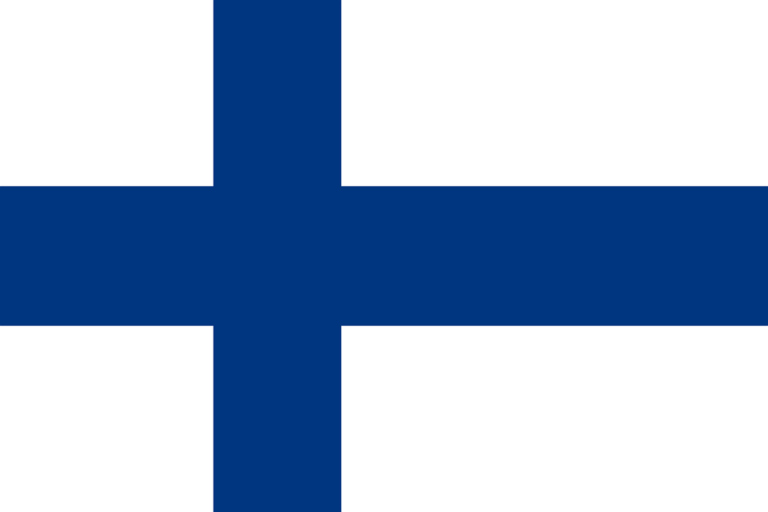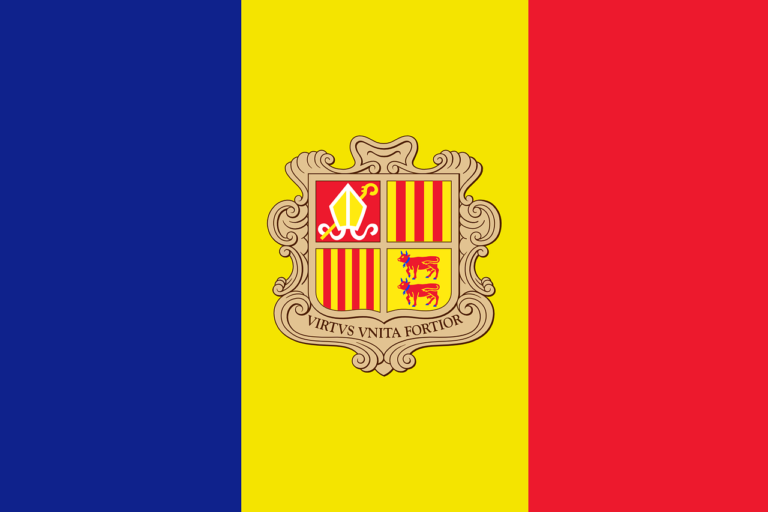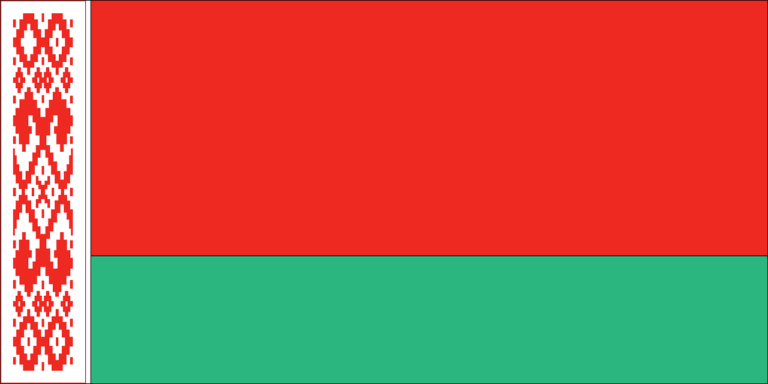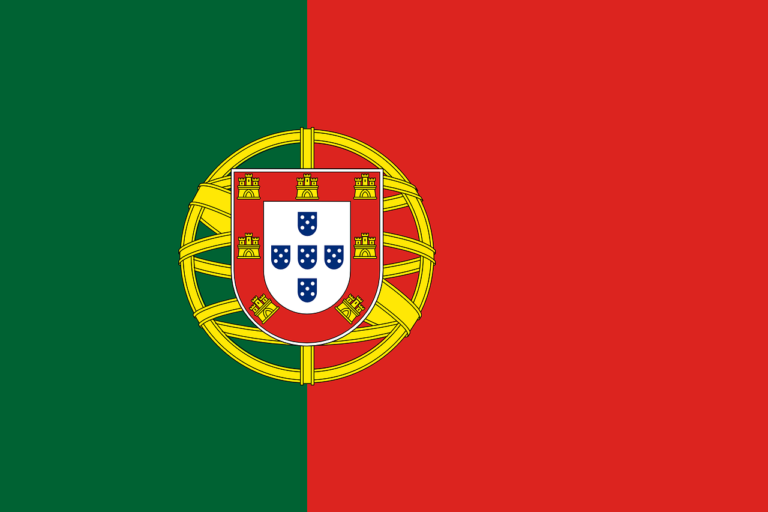Flags hold significant meaning as they represent the identity, history, and values of a nation. The national flag of Luxembourg, with its distinctive design and symbolic elements, stands as a proud emblem of Luxembourg’s unity, grandeur, and its role in European integration. In this blog post, we will delve into the captivating story behind the Luxembourg national flag, exploring its origins, symbolism, historical significance, and its enduring importance in Luxembourgish culture and society.
Origins and Design:
The Luxembourg national flag consists of three horizontal stripes: red (top), white (middle), and light blue (bottom). The red stripe represents courage, strength, and valor. The white stripe symbolizes peace, honesty, and purity. The light blue stripe signifies loyalty, justice, and the European integration of Luxembourg. The flag’s design reflects the nation’s historical ties, values, and its commitment to European unity.
Symbolism and Meaning:
Each element on the Luxembourg national flag carries profound symbolism. The red, white, and light blue colors represent Luxembourg’s values of courage, peace, and loyalty, as well as its commitment to justice and European integration. The flag serves as a reminder of Luxembourg’s rich history, its position as a peaceful nation, and its active role in promoting unity and cooperation within Europe.
Historical Significance:
The current design of the Luxembourg national flag was officially adopted on June 23, 1972, though variations of the flag were used since the 19th century. The flag’s design has evolved over time, reflecting the nation’s changing political landscape and its embrace of European integration. It has become an enduring symbol of Luxembourg’s sovereignty, unity, and its active participation in the global community.
Cultural Identity and European Integration:
The Luxembourg national flag holds deep cultural and national significance for the Luxembourgish people. It represents the unity and diversity of the nation, fostering a sense of identity, pride, and belonging. The light blue stripe represents Luxembourg’s commitment to European integration and its role as a founding member of the European Union. The flag embodies Luxembourg’s position as a bridge between nations and a staunch advocate for European unity and cooperation.
Luxembourg’s Grand Duchy:
The Luxembourg national flag also reflects the country’s grand duchy status. As one of the last remaining grand duchies in the world, Luxembourg’s flag serves as a reminder of its noble history, the grandeur of its royal heritage, and the enduring respect for its reigning grand duke or grand duchess.
The Luxembourg national flag, with its striking red, white, and light blue design, stands as a symbol of unity, grandeur, and European integration. It represents Luxembourg’s commitment to courage, peace, justice, and loyalty. The flag embodies the nation’s rich history, its active role in European affairs, and its aspirations for a united and prosperous future. As Luxembourg continues to shape its destiny within the European community, the national flag will remain a cherished emblem, symbolizing the unity, pride, and unwavering dedication to the progress and prosperity of the Luxembourgish nation.






